The Cause: one man’s plan to change the world with sport
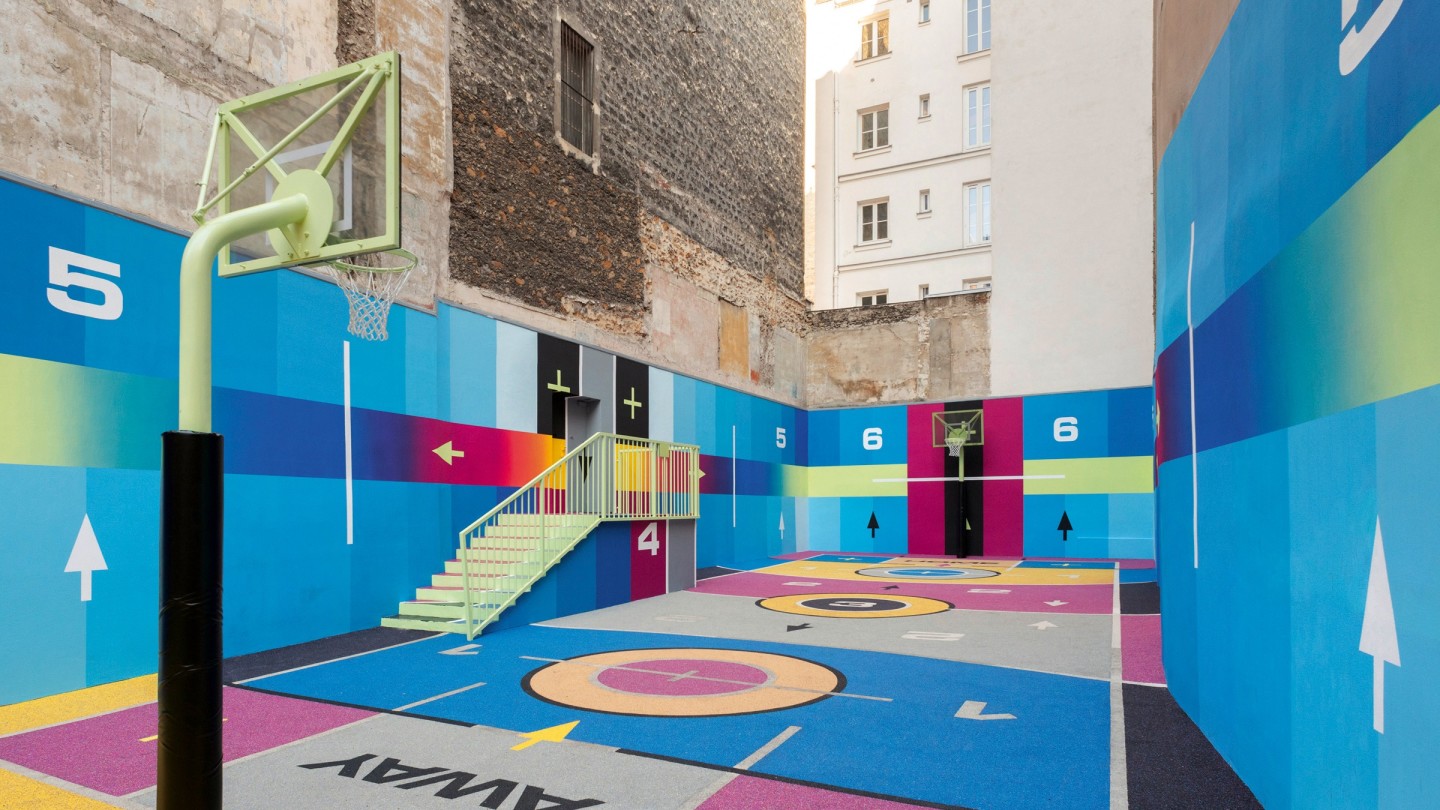
Roula Khalaf, Editor of the FT, selects her favourite stories in this weekly newsletter.
“Solar. S.O.L.A.R. You know, when someone or something is solar, and has a sunny or happy energy?” Fashion designer Stéphane Ashpool is explaining – spelling out – the positive, magnetic and uplifting force of not just playing basketball but the whole culture in its surrounds. “It’s a hell of a sport that is pretty easy to play. But it’s also the way it is played, the attitude, the music – it puts people together.”
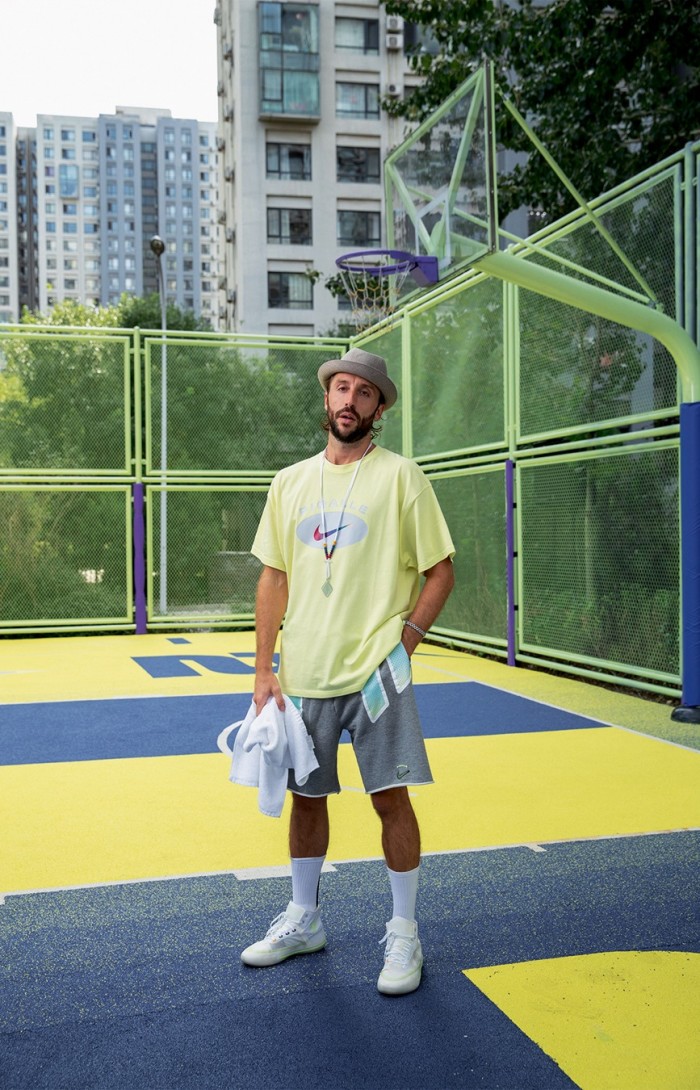
For more than 10 years, Ashpool has been using basketball to bring neighbourhoods together by transforming abandoned, overlooked spaces in busy metropolitan centres into gorgeous-looking, open-air public courts. Places that are not just courts to play a game, but are also safe spaces conceived as “art objects”, says Ashpool, and which become cultural and colourful hubs of the community.
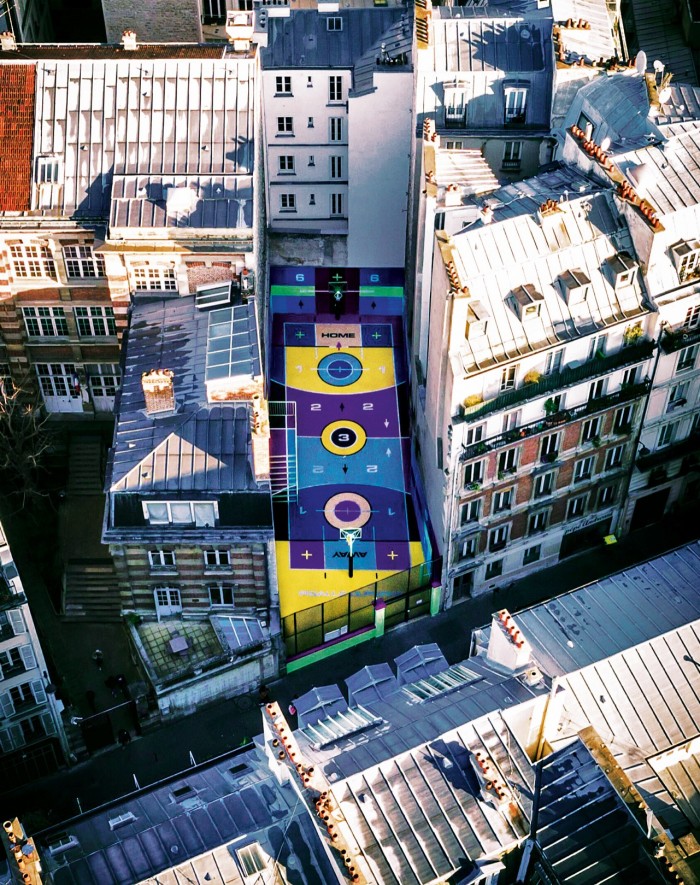
The first court was created in 2007 in a former car park on Rue Duperré in Paris’ 9th arrondissement, Pigalle, where Ashpool, the son of a sculptor and a Moulin Rouge dancer from Sarajevo, grew up. Following the killing of a local teenager, Ashpool helped persuade the then district mayor Jacques Bravo to turn the space into a sports court as a social-enterprise “test”. The designer and basketball fan, then 24, painted it in rich, uplifting colours, both to engender positivity and as a beacon of hope.
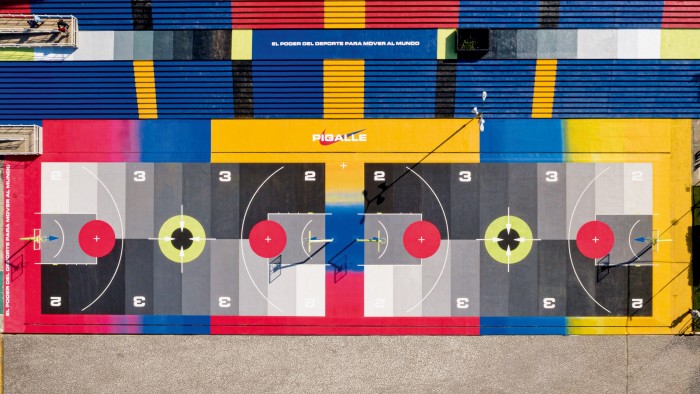
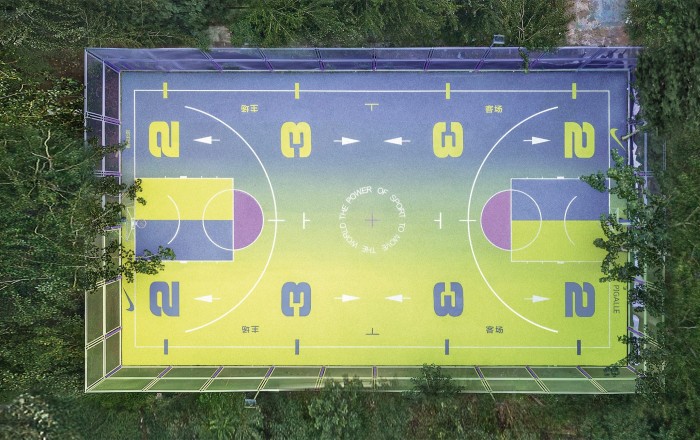
“I really enjoy colour,” explains Ashpool. “Being in a colourful environment gives more wham, and the energy and attitude are different. From that grew a healthy environment and a healthy energy, and it became a place in the village where the younger kids could meet up after school.” The court drew the attention of Nike, which in 2009 sponsored another revamp designed by Ashpool and Wu Yué Nyno, and endorsed by LA Lakers megastar LeBron James, who formally opened it. The whole experience and the impact it had on the community, “changed my life, and it changed the lives of the kids from my neighbourhood,” says Ashpool. It also kickstarted a longstanding collaboration between Nike and Ashpool powered by the motto “The Power of Sport to Move the World”.
Sister courts have since sprung up around the world. The first, a gradated neon-to-navy design in Beijing, opened to coincide with the 2019 FIBA Basketball World Cup, and made a priority of foregrounding opportunities for female players, as well as drawing in local high schools and neighbourhood groups. Mexico City opened later that year, an intense explosion of magenta, magnolia and Yves Klein blue.
Another court is in the works in Cuba. It has not been an easy ride, says Ashpool, but having visited Havana at the end of 2018, he was not to be deterred. “I just saw so much youth around and I was like, ‘OK, I need to do something here.’ And then I saw an opportunity to develop something in a space that was being used for garbage – in the middle of the bayou.” I made a promise to the local social and cultural project, Quisicuaba, that within the next six months, the kids of Havana will have a basketball court.” The path to completion has not been without its complications, especially given that Cuban-American relations mean it can’t be supported by Nike. But as Ashpool says: “I love a challenge.”
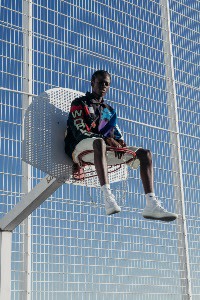
Alongside new courts, Ashpool’s own sports- and streetwear-influenced mens/womenswear label, Pigalle (which won Ashpool the prestigious ANDAM fashion award in 2015), has created a series of collaborative designs with Nike, including Air Force 1s, Air Raids, and Air Shake Ndestrukts. Pigalle’s Dunk shoe and clothing collection was used as a springboard for supporting both the Pigalle Youth Basketball group and the local community, through a series of programmes and events. Earlier this year saw the release of the NikeLab x Pigalle capsule sports collection, which inspired the design of the Beijing court.
For Ashpool, the motivation is always about bringing young people together. “It’s not about selling the clothes, it’s about creating a feeling, creating an emotion… I truly think that sport can move the world.” As anyone who has seen The Last Dance documentary will appreciate, the potential of a basketball team to soar to stratospheric heights won’t come as a surprise. Seen through the prism of Ashpool’s design vision, and applied to youth groups at community level, it’s given kaleidoscopic voltage.
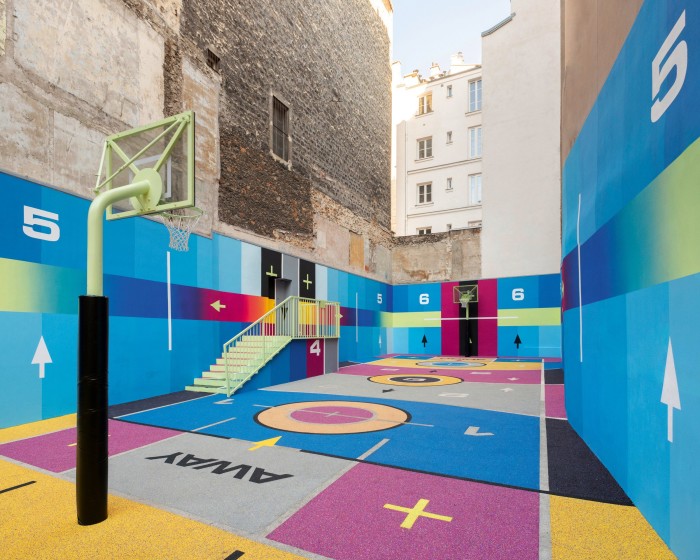
17 Rue Duperré, 75009 Paris (@pigallebasketball9)
Comments